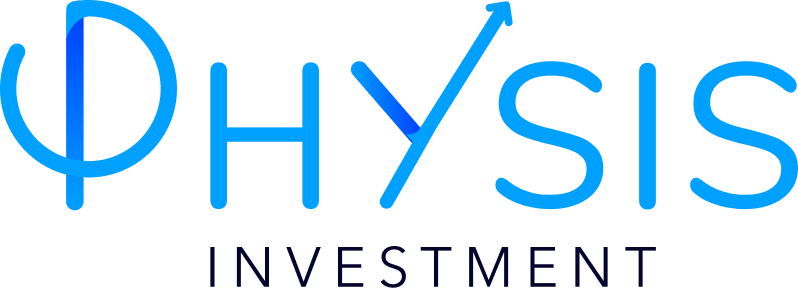
- What is Sustainable Development?
- How do we measure Sustainable Development?
- How can I make a difference?
Sustainable Development?
In 1987, the United Nations defined Sustainable development as a development meeting “the needs of the present without compromising the ability of future generations to meet their own needs.” These words still apply and are more important now than they’ve ever been. Back in 1987, the idea of living sustainability was a fairly new idea to most people and not extremely important. Nowadays, environmental awareness has exploded and sustainability is a hot button issue. Many consumers care about sustainability but how can they actually find out how sustainable the companies they support are? The CPA Journal recently wrote a piece highlighting the current state of sustainability reporting. Down below we’ve broken down a few different methods of sustainability reporting, simplifying their goals and origins. Enjoy!
How do we measure it?
One of the first markers of sustainability was the Dow Jones Sustainability Index (DJSI). Founded in 1999, the DJSI is a rating tool for investors that uses multiple ESG metrics to rank the sustainability of thousands of S&P 500 companies. Some of the variables that go into the ranking are supply chain standards, human capital development, and labor practices.
Another tool is the Global Reporting Initiative (GRI). In 1997 they developed a rating tool for stakeholders with the intent of standardizing how the impact on human rights, climate change, and corruption was communicated. Various things like financial transparency, working conditions, and level of CO2 emissions go into the GRI’s reports.
The Carbon Disclosure Project (CDP) was created in 2000 to report, rank, and bolster support for companies disclosing their ESG data. The CDP, at its founding, was heavily influenced by the GRI and now currently directs most of its attention towards the protection and improvement of forests, supply chains, and water sources. The CDP is known for taking an active role in not only reporting and ranking but also partnering with companies to help them reduce their impact.
The International Integrated Reporting Council (IIRC), created in 2010, focuses on reporting to capital providers reports that highlight overall value creation. Overall they want to change the culture of corporate reporting.
In 2012 the Sustainability Accounting Standards Board was created. The board was created to improve the data available to U.S. investors. SASB data is tailored specifically for various industries and the majority of their operations are extremely transparent.
Make a Change!
These six groups are just the tip of the iceberg when it comes to measuring sustainability. Here at Physis, we pride ourselves on allowing you to see the impact you’re making. You should feel good about the change your making and hopefully help others make a difference. Join Physis today to make a change!
References:
The Current State of Sustainability Reporting
Sustainability Accounting Standards Board
International Integrated Reporting Council (IIRC)
Carbon Disclosure Project (CDP)
Global Reporting Initiative (GRI)
